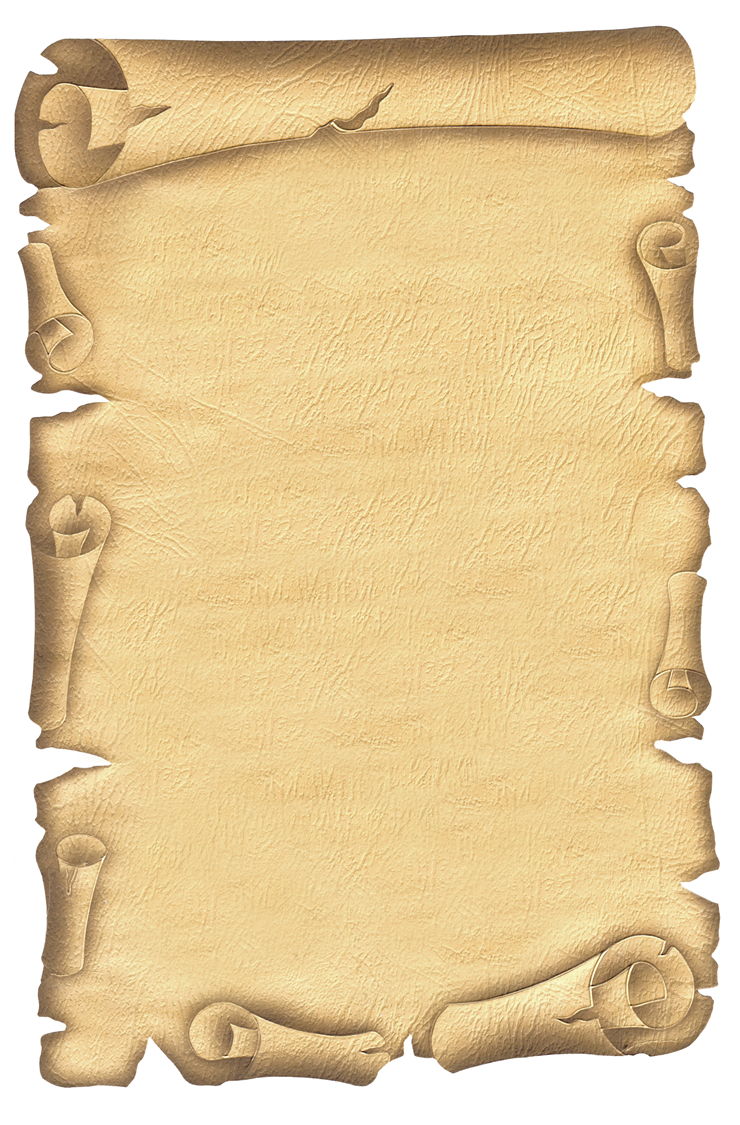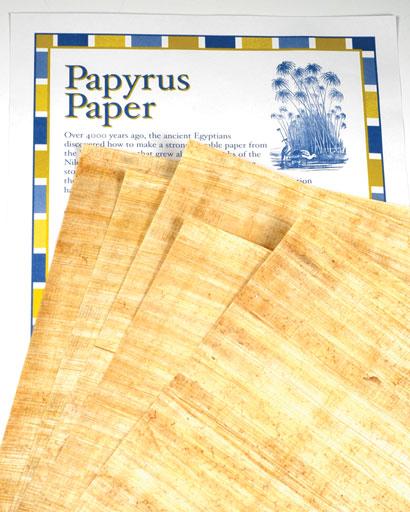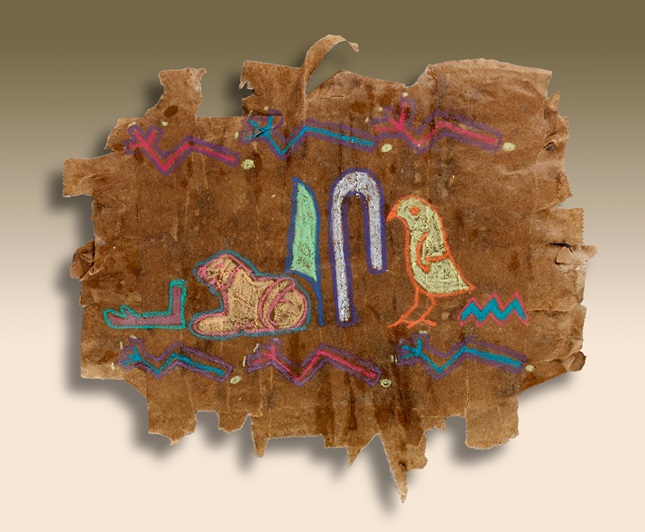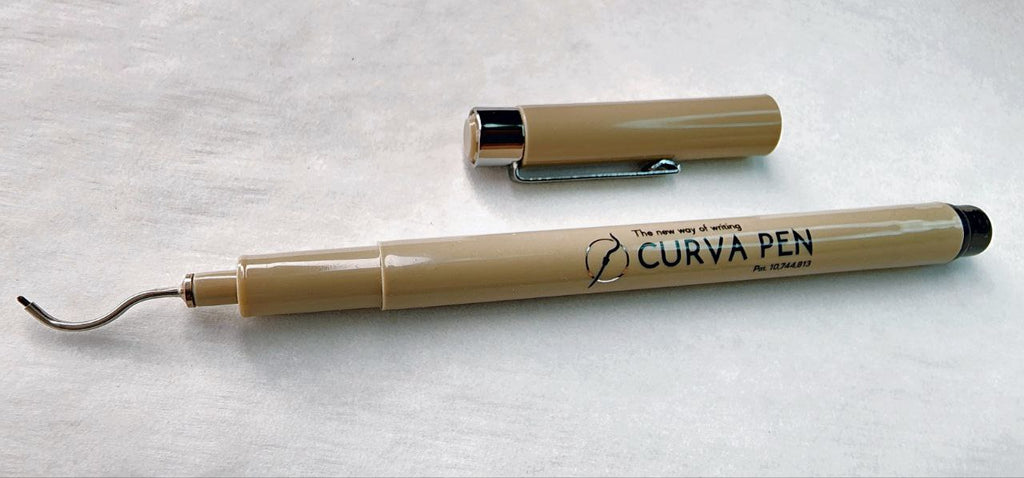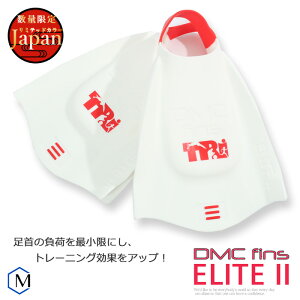
Papyrus, Among the most important precursors of paper, Papy…
Among the most important precursors of paper, Papyrus was used by the ancient Egyptians for the production of books and manuscripts as early as the fourth millennium BCE. Papyrus is made from the pithy inner stems of the papyrus plant (Cyperus papyrus), which grows abundantly along the banks of the Nile River. After removing the outer rind and soaking the pithy strips in water for several days until they began to decompose, papyrus makers laid the cut strips close together on a hard surface, with another layer laid on top at right angles. The strips were “sandwiched” between top and bottom layers of linen cloth. Then this “sandwich” was beaten with a wooden mallet to break down the plant fibers and release a sticky sap which then served as an adhesive to bind the fiber layers together. When the “sandwich” had partially dried – enough to hold its shape – the linen top and bottom layers were removed for re-use. Once fully dried, the papyrus leaves were smoothed and polished, and their edges trimmed. Papyrus was used in a variety of ways – as a construction material, or to produce useful items including mats, baskets, and even boats – but its greatest importance in the study of Egyptian art and archaeology was its use as a writing material for government records and religious texts (including the famous “Books of the Dead”). Though abundant and relatively cheap to produce, papyrus had some disadvantages for the artist or scribe. The burnished surface did not hold ink and paint particularly well if a manuscript was subjected to frequent use. Because the plant fibers are close to the surface, artists and scribes found it easiest to work in a very linear, formulaic style, following the natural lines of the material. Papyrus manuscripts are often modest in size. To produce a scroll, many leaves of uniform size would be joined together at their edges. Once rolled into a scroll, a lengthy papyrus manuscript had a tendency to maintain a tight curl, so it was cumbersome to read, and often required weights to hold it open. If unrolled and flattened for reading too frequently, papyrus tended to fray at the edges, and the leaves could easily come apart. Still, despite its disadvantages, papyrus was widely exported (the plant is not abundant beyond the Nile Valley), until it began to be replaced by Parchment, made of prepared animal skins. After the invention of parchment in what is now Turkey around 200 BCE, use of papyrus as a writing material began to decline. These modern papyrus specimens were purchased in Cairo by an MCAD student from Egypt in 1996. See MCAD Library
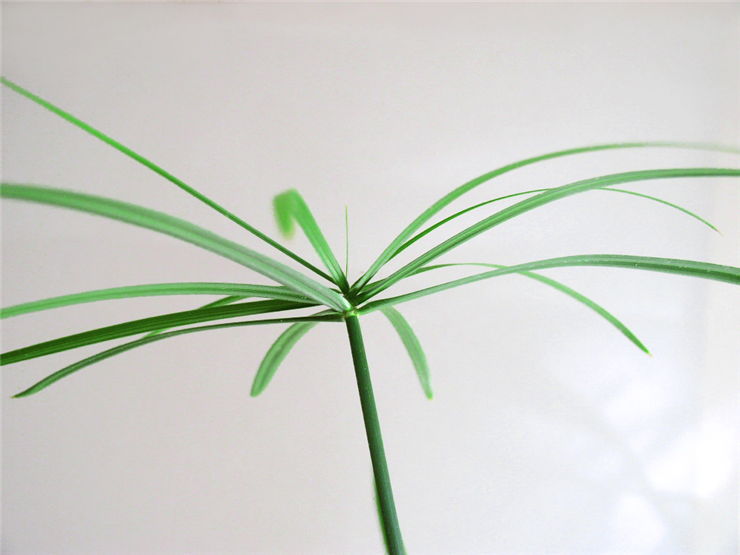
History of Papyrus - Facts and Origin of Papyrus

Papyrus Sheet 32x22cm Natural Margin, Egyptian Papyri The Romans

Hidden In Plain Sight: U-M Papyrology Collection
File:Papyrus1.JPG - Wikipedia
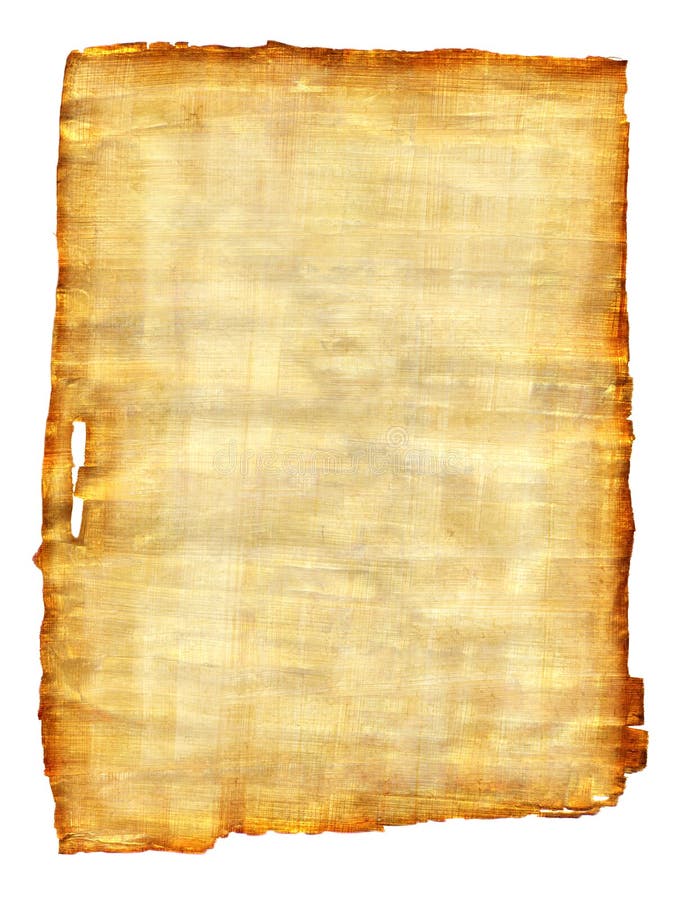
Papyrus Sheet 32x22cm Natural Margin, Egyptian Papyri The Romans
Papyrus-Making in Egypt, Essay
Delve into ancient worlds with papyrus-like paper! Scribe stories or illustrate historical drawings on the double-sided paper. Features

Better Than Papyrus Paper
Papyrus-Making in Egypt, Essay
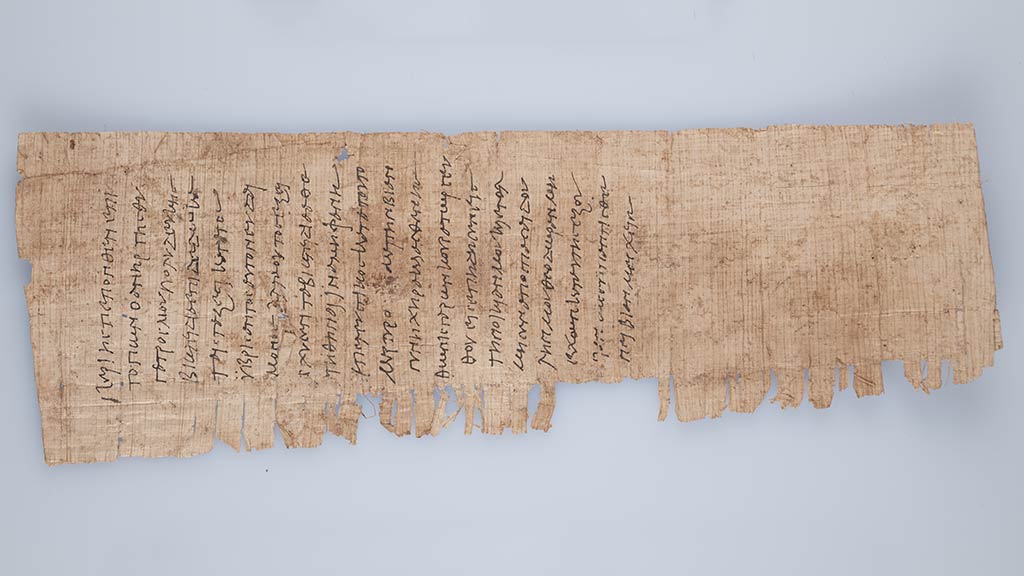
Oxyrhynchus Papyri Collection, Notable Collections, Collections
Papyrus in Ancient Egypt, Essay
